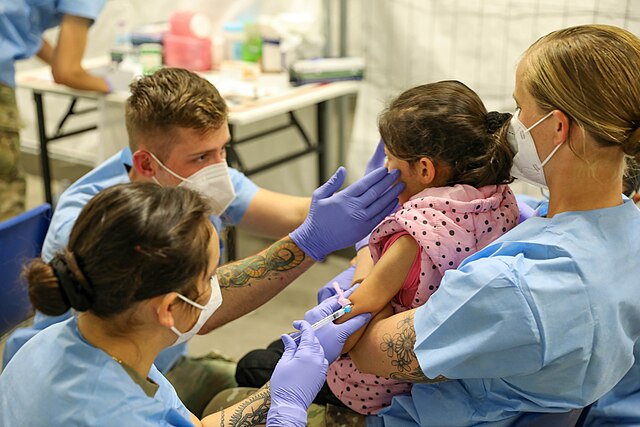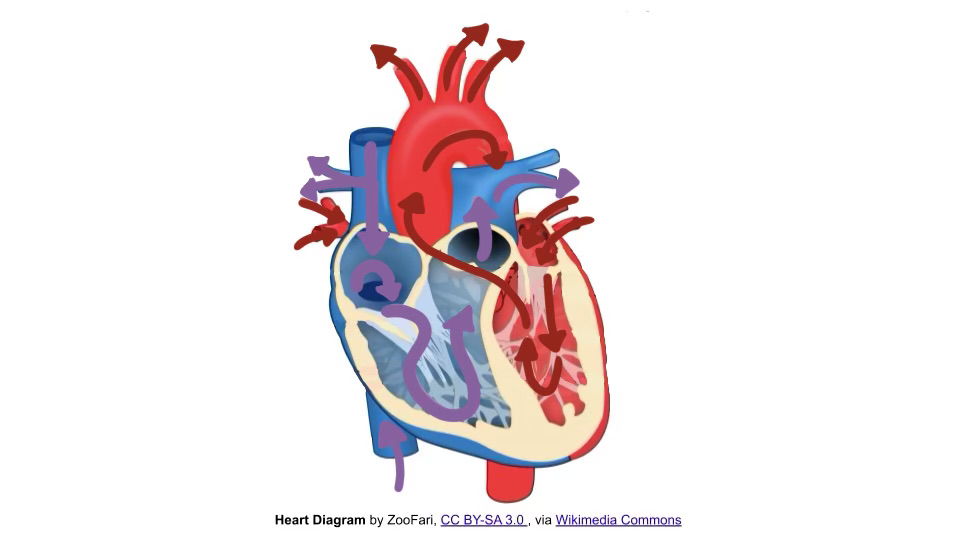Some infected individuals may experience a fever that reaches above 104 degrees, which is especially dangerous for young children. Fewer than one in every 10 with measles will also develop diarrhea.
“It’s a pretty miserable disease,” Dr. Sean O’Leary, a pediatric infectious diseases specialist at the University of Colorado School of Medicine, said.
Two to three days after symptoms first appear, infected individuals can also develop tiny white spots inside the mouth, which are known as Koplik spots. A rash breaks out across the skin, often starting as flat red spots on the face that then spreads to the neck, torso, arms, legs and feet. The rash usually fades after around six days.
The Center for Disease Control recommends that people isolate for four days after they develop a rash, since they can remain contagious for that period.
Since measles lives in a person’s nose and throat mucus, it spreads by coughing and sneezing. Measles is especially contagious, able to linger in the air for two hours after an infected person leaves the room. “It’s the most contagious of the vaccine-preventable diseases,” Dr. Paul Offit, a vaccine expert at the Children’s Hospital of Philadelphia, said.
While the disease usually resolves itself in a few days, dangerous symptoms can arise in rare cases. The virus can cause “immune amnesia,” a condition where the immune system forgets how to fight off infections that the body has dealt with in the past. Therefore, measles can be threatening not just because of the original infection, but also because of how it weakens the immune system’s memory and leaves people susceptible to potential secondary infections that may cause more harm.
All of the mentioned symptoms are coupled with the fact that there is no cure for measles. The medical community is left struggling to contain a growing epidemic, an issue that is disproportionately affecting children and unvaccinated individuals, two vulnerable populations.
Children make up about 70% of current measles cases across the country, with a median age of 8 years old. About 11%, or 85 cases, have required hospitalization, most of them in Texas. Nearly all infections are among people who are unvaccinated or whose vaccination status is unknown. If one person has measles, up to 90% of people around them will also contract it if they are unvaccinated or otherwise not immune.
Vaccines aren’t foolproof, as breakthrough infections are rare but not impossible. However, fully vaccinated individuals who get measles are less likely to spread the disease to other people and typically have milder illnesses.
As the current data shows that cases are mainly coming from unvaccinated individuals, prevention through vaccines seems like the most reliable method of ensuring that measles doesn’t spread further, as endorsed by healthcare professionals.
Dr. Dan Filardo, who leads the CDC’s task force for the measles response, has a clear message during this crisis: “As we all know, vaccination remains the best tool to prevent and respond to measles outbreaks.”









